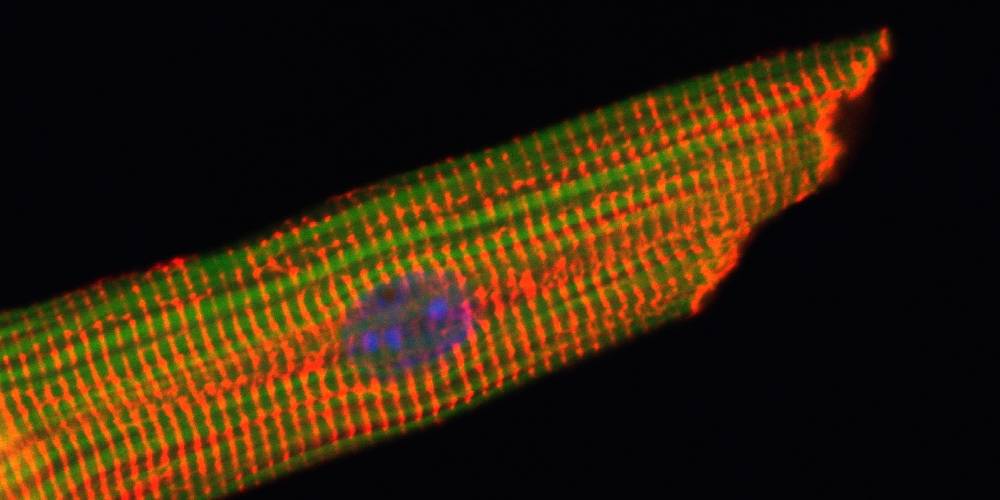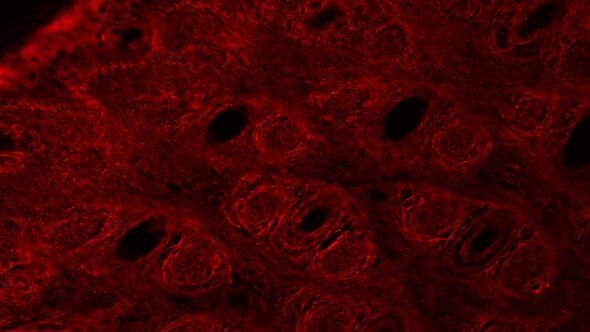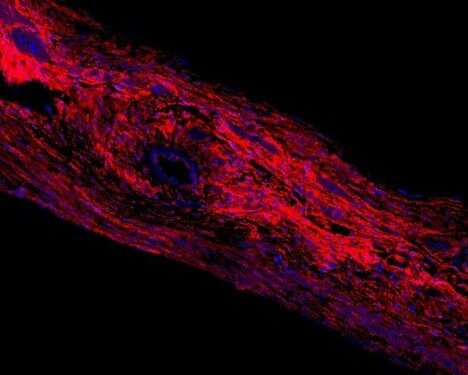About Us
The Cincinnati Early-Career Cardiovascular Researchers (ECVR) Network is a trainee-led joint initiative between the University of Cincinnati (UC) and Cincinnati Children’s Hospital (CCHMC), dedicated to supporting the career development and training of students, postdoctoral fellows, and early stage investigators working in all areas of cardiovascular science. The Cincinnati ECVR seeks to bring together all members of the UC and CCHMC cardiovascular research community and foster collaborative interdisciplinary research, networking, and outreach.
Vision: To be a unique and comprehensive resource for early career cardiovascular scientists, helping them to develop the skills and connections they will need to become the next generation of leaders in cardiovascular research.
Mission: To promote collaborative interdisciplinary science, networking, career development, and community outreach opportunities among all UC and CCHMC cardiovascular researchers, by providing:
Annual symposia, networking events, and social outings that bring together early career researchers, members of the UC and CCHMC faculty, and local or national thought leaders in cardiovascular science.
Recurring data exchange and informal mentoring sessions for graduate students and junior researchers, led by senior postdoctoral researchers and early career faculty.
Ongoing partnerships with the local chapter of the American Heart Association, the University of Cincinnati Research Institute, the Heart Institute at Cincinnati Children’s, and the Heart, Lung and Vascular Institute of the University of Cincinnati.
































